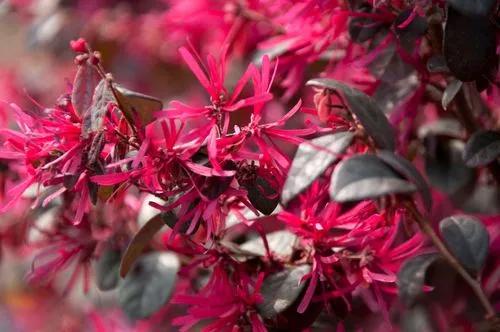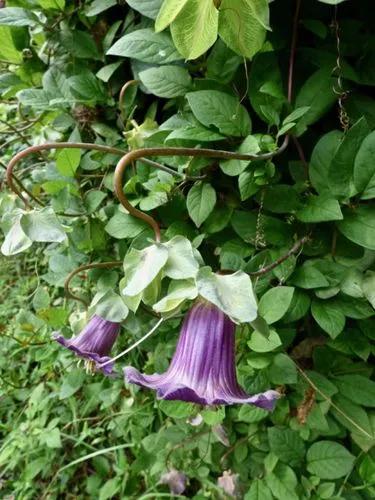This plant has many names, yet you won’t confuse it with any other. Jatropha podagrica (or Buddha Belly, or Goat Plant) is an unusual garden pet native to the American tropics. It is noted for the combination of floral beauty and poisonous danger.
Bottle Euphorbia Care
Jatropha podagrica



It’s a succulent plant with a large trunk thickening towards the bottom, where it retains water. Large leaves grow from the top of the trunk, which makes it look like a tree. Buddha Belly blooms on and off with orange-red flowers several times a year, sometimes even in winter when the leaves fall.
The Buddha Belly can reach several feet (0.6 m) in height, although it grows quite slowly.
Important! The sap and seeds of this shrub are toxic. Touching the sap can cause skin irritation. Eating the seeds can lead to symptoms of poisoning. Keep Jatropha Podagrica out of the reach of children and animals.
How to Care for the Plant

Water

Water the Buddha Belly once a week in spring and autumn and less often in winter. This is succulent, so you only need to water it when the top layer of the soil is dry.

Pruning

Buddha Belly drops the leaves when it becomes taller, so it’s better to remove the debris to encourage healthy growth. Prune dead, diseased, and intersecting shoots. Disinfect scissors to keep bacteria and fungi out.

Fertilizer

Fertilize once a month in spring and summer when it grows actively and less often in winter, when the plant is dormant. A well-fertilized plant will reward you with beautiful blossoming. Use a fertilizer with low nitrogen and high phosphorus and potassium ratios.

Sunlight

Jatropha loves sunlight, so don't place it in the shade. This plant needs sun at least in the morning and evening. However, excessive direct sunlight can damage the leaves. So, a north, east, or west-facing window is the perfect place for your plant pet.
If you decide to keep it outdoors, don’t let it stay under direct sunlight, it will cause leaf scorch.

Soil

As a soil, use a mix for succulents. In case the plant is in a darker location (which is not recommended), add the extra amount of perlite and grit into the pot.

Propagation

You can propagate Jatropha through seeds. Soak the seeds in slightly warm water in a dark place. Plant the seeds in the succulent mixture about a quarter of an inch deep. Keep the soil moderately moist. Excess water should flow freely through the drain. The ideal location for successful propagation is a place with bright but indirect light and a temperature of about 64℉ (18℃). Germination can start at any time within three months. When the sprouts have two leaves, separate them into different pots.

Temperature

The plant will feel best with temperatures of 57° - 80℉ (15° - 27℃). Do not let the temperature fall under 53℉ (12℃).

Container

This plant is vulnerable to overwatering and rotting, so use a container with good drainage. Any size, shape, and material will work.

Fun fact

Jatropha is considered a promising source for biodiesel production. The dangerous queen might save us from the energy crisis!

Popularity

1,248 people already have this plant 153 people have added this plant to their wishlists
Discover more plants with the list below
Popular articles






